|
Why is there such wide variety in the shapes and sizes of double basses? Why does there seem to be no standard? What do the different shapes indicate? The two biggest categorical questions we hear at QBC regard gamba vs. violin corners, and flat back vs. round (carved) back. It's said that violin-cornered and gamba-cornered double basses co-evolved - gamba-shaped violone as the contrabass instruments of the viol (viola da gamba) family, and violin-cornered double basses from the violin family. Both families were concurrently in use for centuries. The very oldest double basses have violin corners, as do many violone, and there are gamba-shaped Italian and French double basses (not just German), so the gene pool is pretty murky. The corners don't perceptibly affect the sound. Flat backs, on the other hand, have a measurable effect on the tone and volume of a bass. Acoustical testing has demonstrated flat-back basses produce somewhat more decibels below 150Hz, though the frequency response above 150Hz becomes uneven. In short, flat-back basses do have a tendency to powerful sound, particularly in the low register. Apart from the properties of the back, the overall shape of the bass is the foundation of its tone and character - read on! Makers through the ages, certainly, have primarily sought to produce basses with BIG SOUND to fulfill the role of the bass in an ensemble. The fundamental frequencies of the bass (open E string = 41Hz) must emanate at a comparable volume to the much higher, faster-travelling, and more easily produced notes of the violin (open E = 659 Hz). This physics challenge has led to continual experimentation with sizes and shapes of basses from the mid-1500s to the present day. 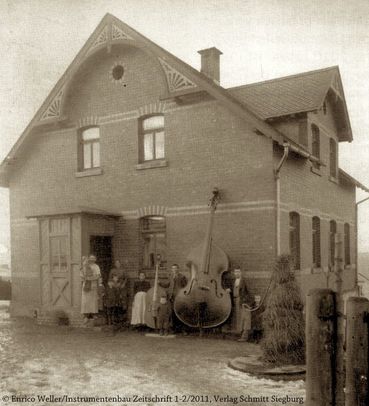 Gigantic Roth bass Gigantic Roth bass Shortly after the double bass evolved in the 16th century, luthiers demonstrated that massive sound could be produced by massive instruments. Gigantic (though barely playable) basses were constructed from the 1500s well into the 20th century, though the majority of bass makers’ efforts went into experimenting with getting maximum tone from basses that could be played capably by average-sized bassists. Until comparatively late in this timeline, bass lines were simpler or simplified, and basses often (if not always) had frets. There was little demand for a double bass to do more than produce a good ensemble sound in the lowest positions, which called for them to be as large as practical.
Examples (such as Dragonetti) of high-level success playing in all registers on a large-shouldered bass with underhand bow may present an extreme challenge to an average-sized (5’9” male or 5’4” female) bassist embroiled in modern school and professional performance requirements - however, numerous shapes of basses are, in fact, designed for ease of playing as well as good tone. Technique and agility built while playing on an easier, slimmer-shouldered bass WILL translate later to a larger, more “orchestral” bass, if desired, while it’s more challenging to try to do technique-building on a bulkier instrument.
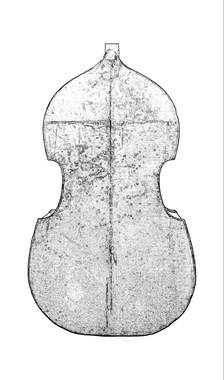 Tyrolean, ca. 1920 - flat back with bevel Tyrolean, ca. 1920 - flat back with bevel “Tyrolean” or “Bohemian” basses are a practical design, good-sounding, and still easy to find as reasonably-priced, vintage basses. Almost all of them are flat backs, which gives them good projection. The upper and lower bouts are close in size, but their ribs are not overly deep, and they all have a back bevel toward the upper block. They tend to be very resonant, with thin plates. Jillions of these basses were produced from about 1900-1960, some of them VERY cheaply made - many with integral bass bar (the bass bar is carved in one piece with the top) and no upper block (“blockless wonder”). Repairing these original construction shortcuts can be expensive, and the work doesn’t add to the resale value, making them viable as a “player’s bass” that sounds good and serves well. Their value is in the progress and musical expression they facilitate in the player! What does this mean for you? When you’re choosing a bass, look for a shape that’s most compatible with your size, upper body strength, and reach. It’s true that bassists over 6’ tall, with long arms, have an easier time playing larger basses, and will have fewer concerns about which pattern they choose. Factors that comparatively reduce your reach are: height under 6’ AND/OR short upper arm*, playing German bow, sitting to play, and your girth. Should you have one or more of these factors, search for a bass that, optimally, features sloped shoulders, tapered or bevelled back, and upper-bout corners that don’t stick out (gamba corners are a slight advantage). To find maximum tone in the sloped-shouldered bass, look for one with a wider waist, a flat back, and/or the back made from poplar. This is just some background, from Quantum Bass Center's experience with clients' and colleagues' basses, on the GENERAL characteristics of commonly-seen shapes. Of course, there are many variations, exceptions and outliers, and many more shapes. Basses and bassists are very individual! The vital factors of neck geometry and setup are topics for another article, as well. Comments are closed.
|
AuthorArticles on basses, setup, technique, teaching and more, by Quantum Bass Center staff and guests Categories
All
|
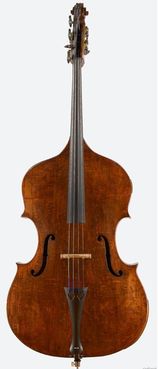
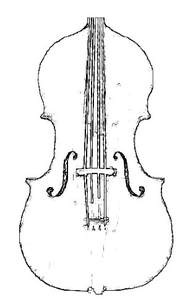
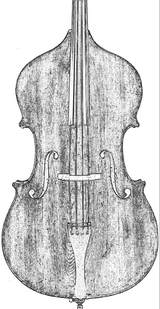
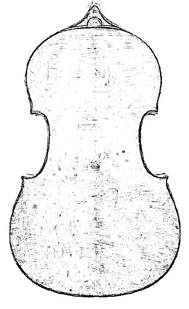
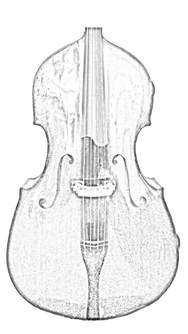
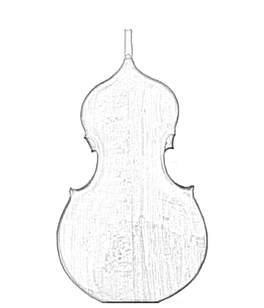
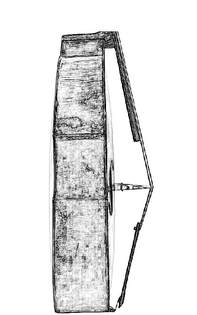
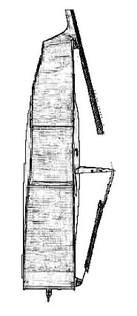
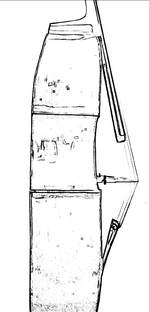
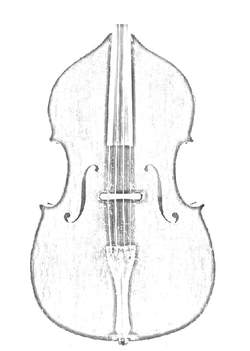
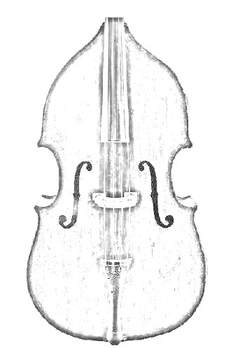
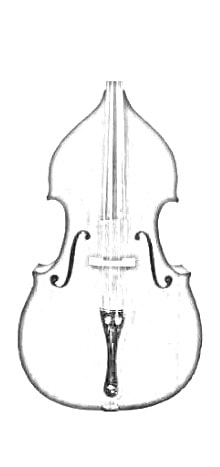
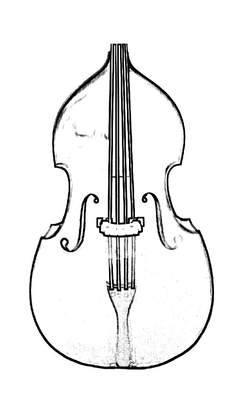
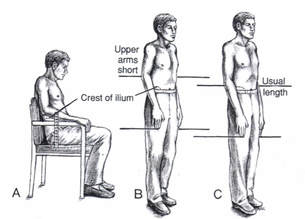
 RSS Feed
RSS Feed